Cetinje: history, sights, travel and accommodation
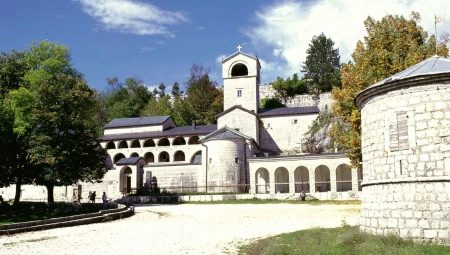
Cetinje is the historical, cultural and religious center of Montenegro. It is here that the residence of the head of state is located, and the head of the Serbian Orthodox Church also lives.
This small city cannot be called a tourist capital, but it also has its own attractions that are worth visiting.
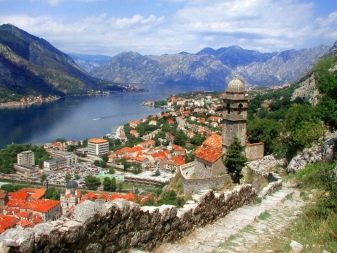
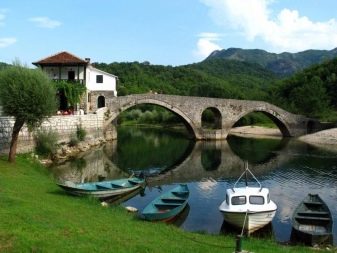
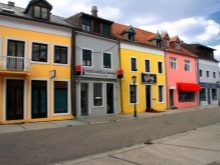
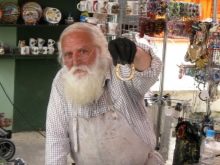
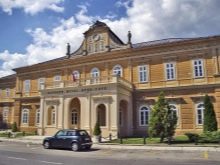
Description
The history of the city of Cetinje dates back to 1482. At that time, Ivan Crnoevich issued a decree on the transfer of the capital from the ancient fortress Ovod to the Cetinsky field. This decision was forced - the invasion of Turkish troops forced him to leave his native land with a mild climate, fertile lands with rich vineyards and settle in a harsh mountainous region with showers, snowfalls, frosty winters and a complete lack of fertile lands.
This was the price of the independence of the Montenegrin people, which is why all the main attractions of Cetinje tell about the strong and invincible Montenegrin spirit, talented rulers of the period when the country was finally recognized as an independent state.
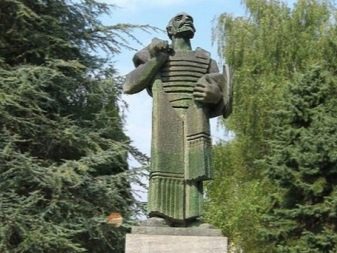
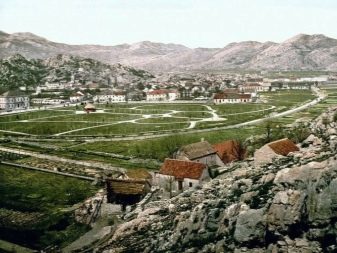
In the next 5 centuries, a lot of violent upheavals happened in the life of the region. For a long time, the region was under the yoke of the Ottoman Empire, as well as Austria-Hungary and later the Venetian Republic. From the 5th to the 9th centuries, this small fortress, literally surrounded by mountains, lived in poverty, almost all of its inhabitants were ordinary peasants, with whom few people in the country reckoned. The people were constantly raided, tribute was collected from people and forced to fulfill someone else's will.
This state of affairs lasted until the 19th century, when the country was finally recognized as independent and a new state appeared on the map. Since then, the area of Montenegro has almost doubled, industrial and commercial enterprises have appeared, embassies of other countries have opened. In those years, Cetinje was the venue for social events, foreign delegations came here, and the wealthiest townspeople played tennis and golf.
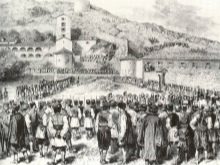


Nowadays, Cetinje lives much more modestly, the factories located here have long ceased their activities, it has become difficult for residents to find work, and salaries at the operating enterprises are quite low. In fact, the functions of the country's leading city were transferred to Podgorica and only in 2006, Cetinje was officially returned to the title of cultural capital as a tribute to the great history of this settlement.
Today in Cetinje there is no trace of the former pomp, but the spirit of history has been fully preserved here, which combines all the features of Montenegrin originality.
For tourists, Cetinje is of little interest. Mostly people come here for the sake of a functioning male monastery - it contains relics important for the Orthodox world.
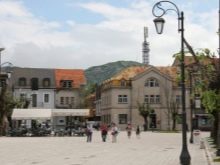
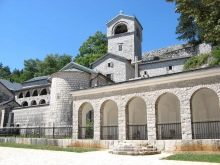

What to see?
In terms of tourist attraction, Cetinje is rather inferior to such cities as Budva, Herce Novi and Kotor. In this area, there are only 2 European parks, 3 faculties of the Montenegrin University and 4 museums.
Of greatest interest for tourists is the famous Cetinje Monastery, the oldest theater in the country "Zeta House", the majestic Church of the Nativity of the Virgin, the quiet Vlašskaya church, as well as the palace of St. Nicholas the First - the beautiful building "Billiards".
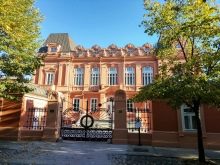
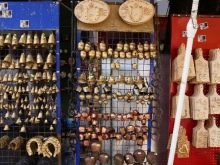
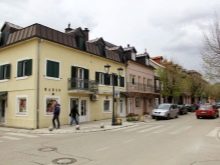
The Church of the Mother of God was built on the foundations of a former monastery destroyed during the Ottoman rule. Unlike the main religious center, there are no significant artifacts here, but it is in this place that the tomb of the beloved Vladyka Nikola the First and his wife Milena is located.
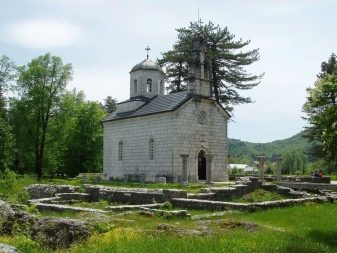
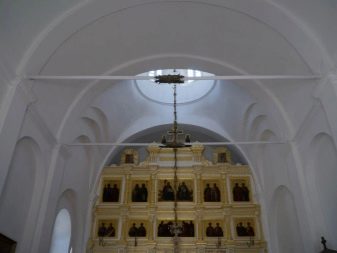
Vlašskaya church is not included in tourist routes, but it makes sense to visit it on your own. This is one of the oldest churches in the country, built during the founding of Cetinje. The attention of tourists is attracted by the fence of this temple, made of weapons taken from Turkish soldiers during the battle for the liberation of the country. Inside the church there is a skillfully made iconostasis, which is recognized as one of the most luxurious in Montenegro.
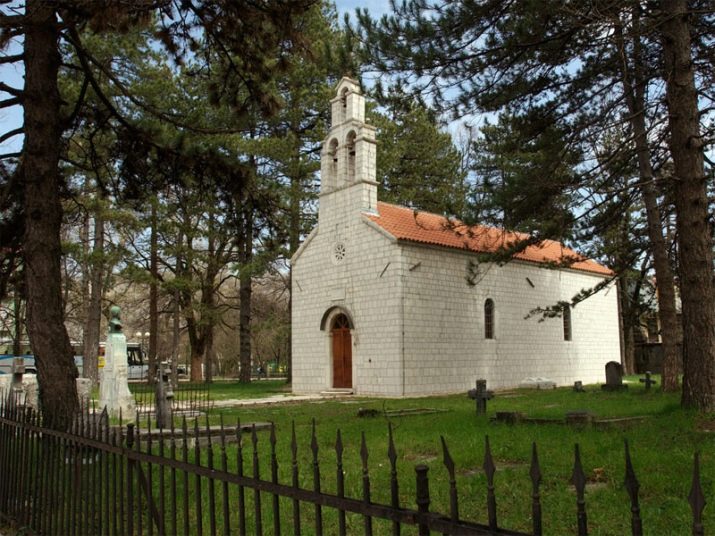
One of the oldest theaters in Montenegro found its refuge in Cetinje. It bears the name "Zeta House" and to this day the most famous artists in the country give performances there.
The former palace of Prince Nikola - the "Billiards" building, together with the house where Peter II was born, and the mausoleums on the Lovcen rock with his remains are referred to the very historical center of the town.
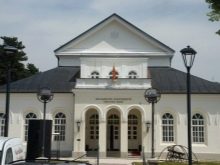
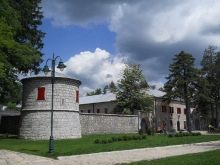
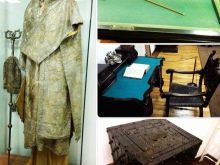
The most important value of the city is the Cetinje Monastery. It is here that pilgrims from all over the world flock, and ordinary travelers vacationing in Montenegro tend to visit this cult place.
It is here that such famous shrines are kept, as part of the Viviparous Cross of the Lord, the right hand of John the Baptist, as well as the relics of St. Peter of Cetinje.
You can watch them exclusively as part of an organized group; tourists are denied private viewing.
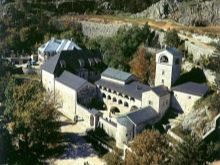
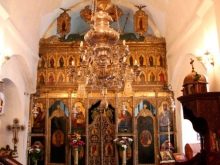

The palace of Nikola the First, the only king in the entire history of Montenegro, is of great historical value. Today it houses a museum.
Almost all the embassies erected by foreign states have survived in Cetinje. Nowadays, museums, musical and scientific academies, as well as residential buildings have found shelter in them. For example, on the territory of the former Russian embassy today there is the Academy of Fine Arts, in the Turkish one - the Academy of Dramatic Sciences, in Italian and also in French there are libraries, and the building of the German embassy has been given to the population of the city as a housing stock. All these structures are notable for their beauty, extraordinary distinctive architecture, and therefore serve as a real decoration of the former capital of Montenegro.
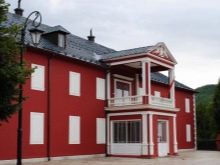
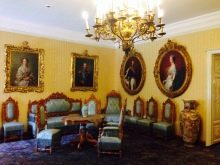
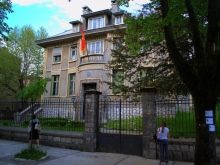
The House of the Apprentice deserves special interest. In the old days, it housed a gymnasium, which was supervised by the Russian Empress Maria Alexandrovna - it was with her money that the Institute for Noble Maidens was built in this country, she also paid the salary to the director of the institution and paid for textbooks for students. After the death of the empress, the Russian royal court continued to support the gymnasium until 1913.

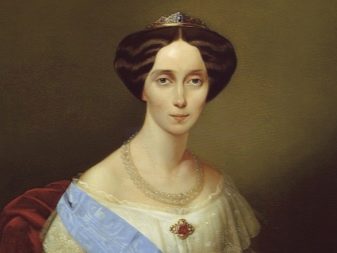
In Cetinje, one of the residences of the President of the country is located - this is a beautiful Blue Palace, near the entrance of which flags of the country fly, and all guests are greeted by strict guards in scarlet uniforms. However, the head of state does not live here, but uses this beautiful place to meet with friendly government delegations from other powers.
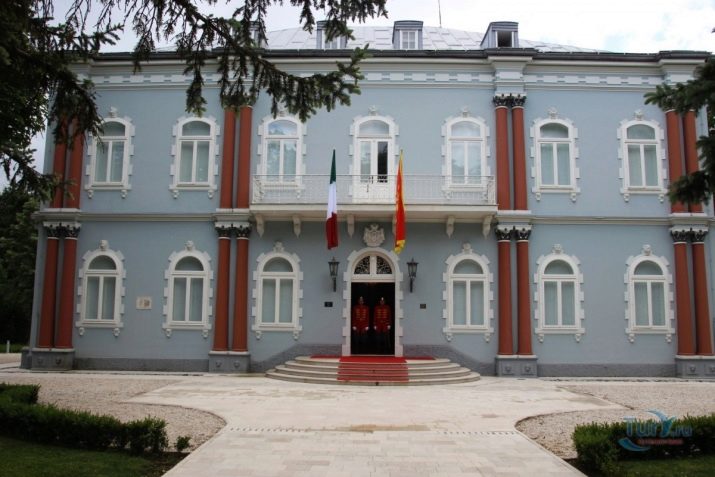
The Museum of Money is also of interest for tourists.It is located on the territory of the former national Bank. It was erected back in 1905. Here you can find out the full history of the country's monetary circulation. Visitors are especially attracted by the squares of money storage facilities with heavy blocks of banknotes and the country's largest denomination of 500 billion dinars.
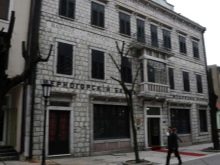

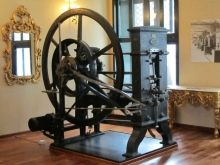
Outside the city limits, it is worth visiting the Lipskaya Cave. According to tourists, this is one of the most beautiful caves in the whole country. It gained fame back in the 19th century, but it was opened for visits only recently - in 2015. Three routes of varying difficulty are offered for visiting; on the way, tourists will meet bizarre stalactites and stalagmites, which visually resemble a variety of intricate figures. Do not forget to just take your jacket with you - the temperature in the cave does not exceed 8 degrees even in the hottest summer weather.
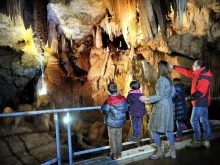
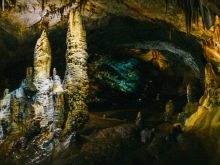
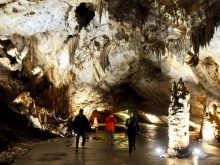
What to try?
The national cuisine of Montenegro is one of the best in the world, it is distinguished by the use of only local farm products, exceptional satiety and loyalty to the ancient culinary traditions formed in a harsh climate and scarcity of land.
A specialty that can be tasted in any Cetinje restaurant is prosciutto, thin slices of beef or pork ham.
It can be served both as an integral part of appetizers, and as an independent dish.
Guests of the historical capital are also offered minced meat in the form of long cutlets - such a dish is called chevapchichi.
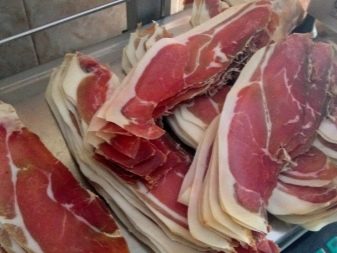
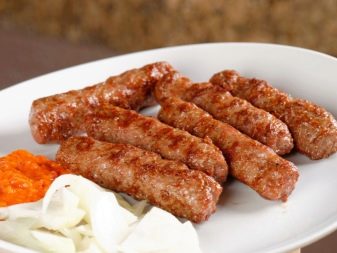
The menu often includes pungeri razhnichi, which are soft cuts of meat strung on wooden skewers and wrapped in thin layers of prosciutto.
In any cafe you can always order cold cuts, which includes cutting all types of the national meat product.
For breakfast in hotels and hotels guests are offered the national corn porridge - tsitsvara. Usually it is seasoned with soft melted cheese, and pieces of unleavened dough, aged in syrup, are served for dessert.

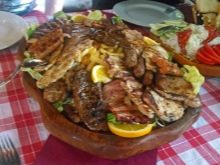
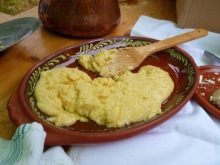
Fans of first courses should definitely try riblya orba fish soup, as well as many other trout dishes.
Most of the national cuisine recipes use fermented milk products., for example, kaymak - it is served instead of cream and butter. The technology for its production is quite simple - the milk is heated, and as soon as the whey begins to separate, the entire top is removed and kept in a cool place for at least a couple of days. After processing, a soft cheese is formed, which melts easily when heated.



How to get there?
Usually, organized excursions are not arranged in Cetinje - this is not surprising, because there is no sea in the region, therefore, tourists do not indulge it with their visits. However, it is from Cetinje that it is very convenient to travel to the historic mountain Lovcen, where the mausoleum of Peter the Great and Lake Skadar are located. You can't get there by bus, so it's best to use a taxi or rent a car.
In general, the city is quite well located - it is located 32 km from Budva and 34 km from Kotor.
It is through Cetinje that people often travel to another capital of the country, therefore, public transport runs daily from the bus station towards Podgorica, a ticket for which costs about 2-3 euros.
Actually, from Cetinje, you can also get to almost all resorts in the country, which have bus stations. The distance between Budva and Cetinje can be covered in just 40 minutes, it will take a little longer to get to Kotor - about 1.5 hours, but the road connecting Cetinje and Herceg Novi takes more than two hours.
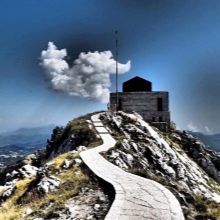
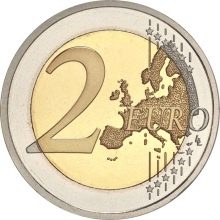

Where to stay?
Cetinje is a great option for those who want to plunge into the atmosphere of silence and complete peace for a short while. The town offers tourists several types of accommodation - hotels with cozy hotel rooms and ready meals, as well as a large selection of apartments for absolutely every taste.
The private sector is widely represented in the region, where you can always rent a house or room.
If we talk about cost, it is estimated that a vacation in a 4-star hotel will cost about 4,000 rubles per person per day, in a 3-star hotel the cost will be lower - only 2,500 rubles. the lowest class hotels offer rooms for 1000-1200 rubles per day.
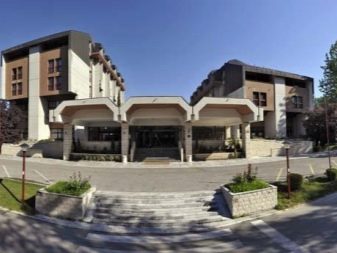

There are about 50 hotels in the region. Several are considered the most popular.
- Hotel "Monte Rosa" located 7 km from Mount Lovcen, the cost of living will be close to 4500 rubles per person. It offers visitors a restaurant, cafe, free parking, free Wi-Fi, car and bicycle rental. The room has a bar, as well as a refrigerator and TV.

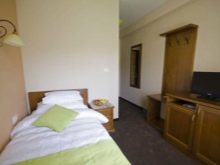

- "Apartments Kapisoda" located 1 kilometer from the center, for visitors there is a shared kitchen with an oven, a large barbecue area, a garden and a terrace. Additionally, you can pay for the rental of bicycles. It costs about 2800 rubles a day to stay at the hotel.
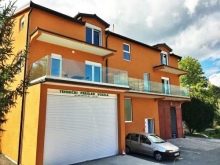
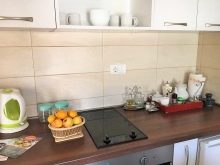

You can walk along the streets of Cetinje by watching the video below.








